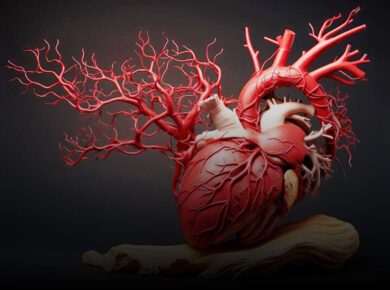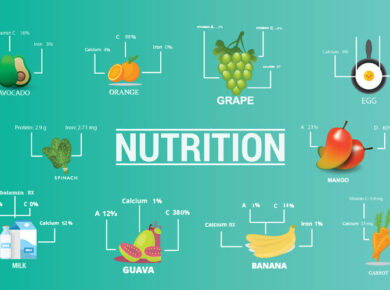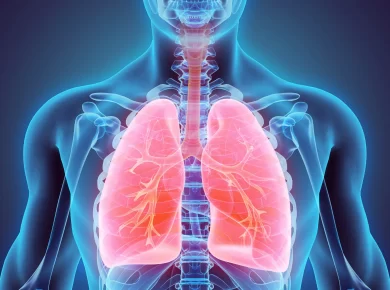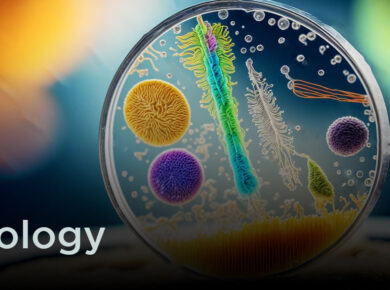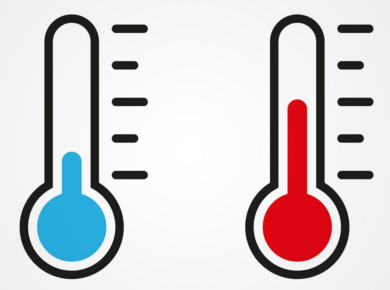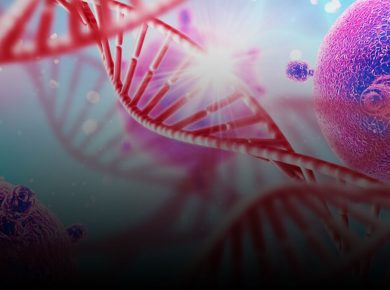Genes & Protein Syntesis
Genes & Protein Syntesis – The genes of an individual is its genotype, and the expression of genes results in the phenotype. For the study of protein synthesis you have to first understand the following
- Central dogma
- Genetic code
Central Dogma
Genes are in the nucleus and proteins are synthesised in the cytoplasm of the cell. The transfer of information from genes to the site of protein synthesis constitutes the central dogma. The central dogma operates in the following sequence information flows from DNA (particular gene) to the particular protein through RNA.
Replication DNA
Transcription — Translation —- Protein
For protein synthesis, first the information coded in DNA is copied as a complementary messenger RNA molecule this is termed transcription. Messenger RNA carrying information moves out of nucleus into the cytoplasm, attaches to the ribosomes to translate the information in the form of a protein. In retroviruses, the genetic material is RNA. Therefore, during protein synthesis it is first transferred to a DNA molecule in the presence of the enzyme reverse transcriptase and then the path of central dogma is followed as
Reverse
RNA > DNA > mRNA — Protein
Genetic Code
The information for the synthesis of proteins is present in the DNA in a sequence of nucleotides. This coded information was discovered by Nirenberg, Mathair and Ochoa.
The genetic code refers to the information for the structure of a particular protein Heredity to be synthesised coded in a DNA molecule. That gene or fragment of DNA which carries the code for synthesis of a complete polypeptide (protein) is termed a cistron the genetic code has the following characteristics
- Genetic code is a triplet code. This means that sequence of 3 bases called codon Notes in the gene has the information of a particular amino acid. The codons determine for the sequence of amino acids in a protein.
- Genetic code is unambiguous, that is a particular codon can code for only one certain amino acid.
- Genetic code is comma less and no overlapping. This means that it is read continuously from beginning to end.
- Genetic code is degenerate. There are 20 amino acids only that form the various proteins of living beings. But if 3 out of 4 nucleotides (each containing one of the four bases) from a codon, there can be 43=64 codons. Hence more than one codon codes for a particular amino acid. In fact as you can see from the first two bases of the codons for the same amino acid are common and the third one changes or wobbles. This is called wobbvle hypothesis.
- The genetic code is read from mRNA during protein synthesis.
- AUG codon, codes are Methionine and is the initiation codon as it is the first one to be transcribed from a cistron.
- UAA, UAG and UGA are stop codons and anticodons one of these three codons is present at the end of every cistron to terminate protein synthesis.
- Genetic code is universal and common for almost all organisms on earth.
House Keeping Genes
In multicellular organisms, all cells contain all genes but only those function which are required to be active. In other words the expression of genes is regulated by switching on and switching off genes when required.
Certain genes, however, bear the code for proteins which need to be synthesised all the time. These are the genes needed for survival and maintenance of the cells and need to be expressed all the time. Such genes which are expressed all the time in all cells are termed housekeeping genes. Inducible genes are the ones which are switched on when a particular substance is present in the environment. Repressible genes are those which are shut off in the presence of a specific substance in the environment.
We would love to hear your suggestions or feedback on Genes & Protein Synthesis. Feel free to share your thoughts with us!


